10 Events That Could Cause the Next Stock Market Crash
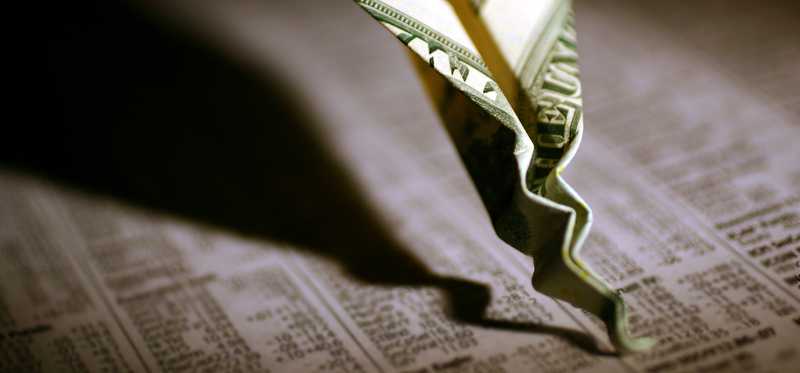
10 Events That Could Cause the Next Stock Market Crash
Trouble may be brewing on Wall Street
Historically, the stock market has offered two certainties.
The first of those certainties is that the broad-based indexes will increase in value over time. In terms of wealth creation, the stock market has averaged a historic return of about 7%, inclusive of dividend reinvestment, and when adjusted for inflation. That means it’s left other investment tools, such as bonds, commodities, and bank CDs, eating its dust.
The other certainty is the inevitability of stock market corrections. Since 1950, the S&P 500 (INDEX: ^GSPC) has undergone 37 corrections of at least 10%, not including rounding. That’s one sizable drop in the stock market every 1.9 years, on average.
It’s only a matter of time before another stock market crash occurs -- and when one does, the following 10 events could be the culprit.
Previous
Next

1. A Trump tweet
Arguably the biggest risk for the stock market is President Trump’s access to social media platform Twitter (NYSE: TWTR). The president utilizes Twitter to share his thoughts multiple times each day, and those thoughts aren’t always well-received by the market.
As an example, Trump has spoken critically of our nation’s central bank, the Federal Reserve, for quite some time. The president believes that the Fed raised interest rates too quickly, and that the economy would be booming if the Fed were to aggressively lower lending rates. While it’s not unheard of for a sitting president to speak negatively of the Fed, the frequency by which Trump does it could harm the credibility of the nation’s central bank.
Suffice it to say, Trump’s tweets move markets, and that move isn’t necessarily to the upside.
ALSO READ: Twitter Management Talks Machine Learning, Platform Health, and More
Previous
Next

2. An escalation of the U.S.-China trade war
Perhaps no issue has taken center stage more in 2019 than the on-again, off-again trade war between China and the United States.
President Trump has made clear that he believes the U.S. is getting the short end of the stick on trade with China, as evidenced by years of trade deficits with the second-largest country in the world by GDP. Meanwhile, Chinese President Xi Jinping has no desire to give up the competitive advantages that make Chinese goods so lucrative to U.S. businesses, and allow his country to net trade surpluses with the U.S. each year. This has led to little progress being made in terms of securing a long-term trade deal between both countries.
If the U.S. and China were to escalate the trade war by imposing higher tariffs on imported products from their counterpart, it could slow GDP growth in the two most economically important countries in the world. That just might be a recipe for a global recession.
Previous
Next

3. A no-deal Brexit
If you think the U.S.-China trade war is a topic that just won’t go away, then you obviously haven’t been keeping up with Brexit, which has been in focus for more than three years now.
Brexit, which is short for “British exit,” describes the process of Britain leaving the European Union, which its citizens voted to do in June 2016. Former Prime Minister of the U.K., Theresa May, worked for years to develop a Brexit plan that her government would find acceptable. Her resignation, which was announced in May 2019, came after failing three separate times to pass a plan in Parliament that would have led to a 21-month transition period out of the EU.
Newly-elected Prime Minister Boris Johnson doesn’t have May’s more moderate and patient view on Brexit. With Johnson at the helm, a no-deal Brexit is very much in the picture. A “no-deal” Brexit is a fancy way of saying that the U.K. would leave the European Union immediately, even without trade deals in place. That could mean tariffs and higher costs for imports and exports across the board, and substantially weaker growth prospects for the U.K. and possibly Europe, which would not make Wall Street happy.
Previous
Next
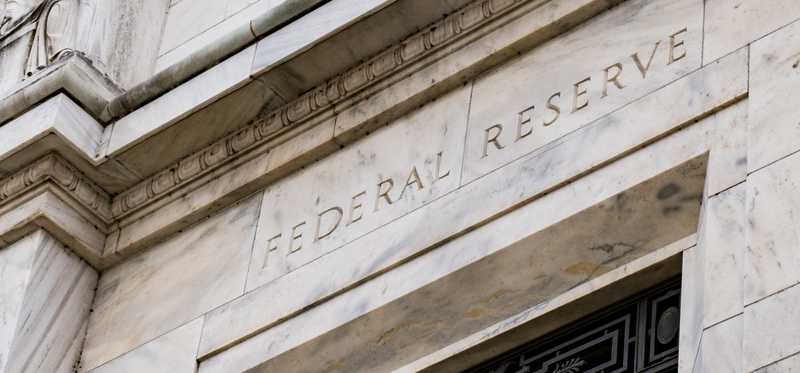
4. The Fed failing to deliver
The Federal Reserve is always closely monitored by the stock market. But it’s especially in focus given the Fed’s recent shift from a monetary tightening phase to one of monetary loosening.
In plainer English, the Federal Reserve had been of the mindset that interest rates would slowly be walked higher from historic lows to temper inflation in the U.S. economy. The nation’s central bank wound up passing along nine 25-basis-point rate hikes to the federal funds rate in a span of three years. However, inflation never quite reared its head as the Fed expected.
What we have witnessed, though, is a partial inversion of the yield curve, foretelling that a more dovish Fed could be on the horizon. In late July, the Fed cut its federal funds rate for the first time in more than a decade. Wall Street is looking for the Fed to remain open to the idea of further monetary easing. Should the Fed fail to deliver on that narrative, the stock market will almost assuredly not be happy.
Previous
Next
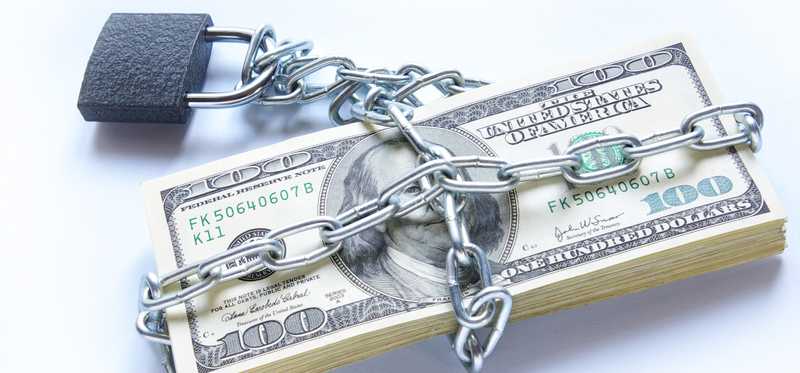
5. A U.S. debt-ceiling impasse
Since a statutory debt ceiling was first imposed in 1917, it’s been raised or suspended by Congress on (drumroll) 84 separate occasions. The debt ceiling is essentially a limit on the federal government’s ability to finance government operations and authorize projects. With the federal government historically spending more than it generates in revenue, the amount of debt carried by the U.S. is constantly growing. This requires the authorized debt ceiling level to rise over time.
According to Treasury Secretary Steven Mnuchin, the U.S. is on a crash course to hit the debt ceiling (once again) by sometime in the first-half of September. If lawmakers are unable to come to an agreement on legislation that would increase the debt ceiling, a government shutdown may occur. And in case you’ve forgotten, we’re just months removed from the longest shutdown in our nation’s history (35 days).
Making things trickier is the fact that lawmakers go on extended recess in August. This would put Congress on track to come back right as the you-know-what hits the fan, leaving little to no time for Democrats and Republicans to find common ground on a debt-ceiling proposal. If we face another government shutdown, things could get ugly for the market.
Previous
Next
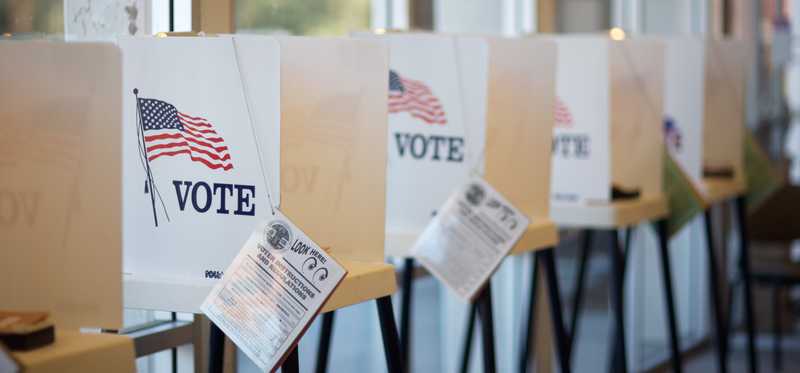
6. 2020 elections
As much as we might want to avoid politics, the 2020 elections could play a key role in the next stock market crash.
With Trump the likely Republican candidate, Wall Street more or less knows what to expect if he’s elected to a second term. Global trade could be contentious, but having Trump at the helm has led to significant corporate tax reform and at least a temporary surge in profits. In other words, we’d be looking at four more years of a pro-business president pushing for a weaker dollar and lower interest rates.
Things get a bit cloudier when it comes to the nearly two dozen candidates vying for the Democratic ticket. Frontrunner Joe Biden has called for scaling back Trump’s tax overhaul, but has a political record that would be considered more moderate than many of his peers. Comparatively, if Senators Bernie Sanders (I-Vt.) or Elizabeth Warren (D-Mass.) were to win the nomination and the presidency, it would likely be viewed negatively by Wall Street given that both have proposed higher taxes on businesses and frequently promised to go after Wall Street’s big banks.
ALSO READ: The 2020 Election Won't Touch on Social Security Much, if at All, for 1 Reason
Previous
Next
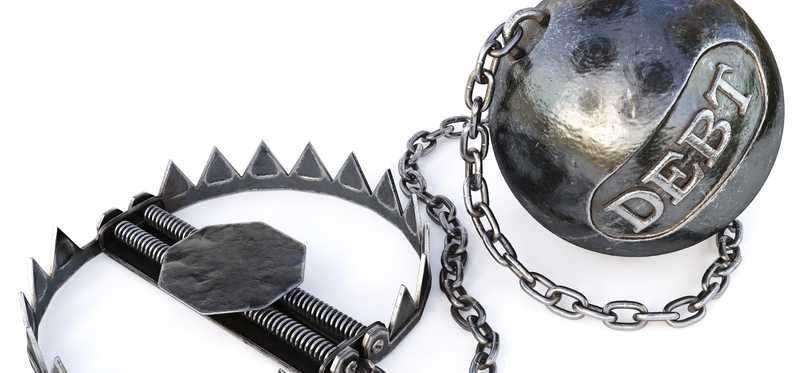
7. Europe’s debt crisis comes to a head
For roughly a decade now, debt has been a big problem in the European Union. Member countries that include Spain, Portugal, and Ireland, have all required bailouts, with Greece needing to be saved from bankruptcy. High debt levels have constrained growth prospects throughout these countries and are limiting the growth potential throughout much of the EU.
The problem is, we could be nearing EU debt crisis round two.
Italy, for example, has a notoriously high debt-to-GDP ratio of 132%, and it’s been butting heads with the European Commission for quite some time. Back in October, the European Commission rejected Italy’s call for a three-year budget deficit of 2.4%, which didn’t sit well with Italian Prime Minister Giuseppe Conte, who’s trying to grow his country’s stagnant economy by boosting spending. Getting Italy on the same page as the EU seems like an impossible task, and that could spell trouble for the region, and subsequently the world.
Previous
Next
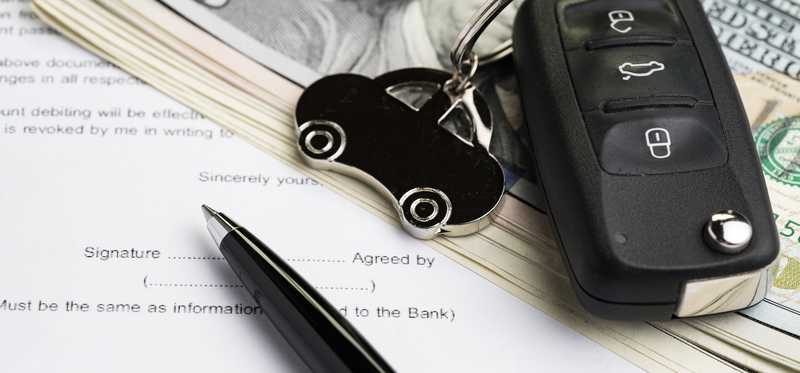
8. A subprime auto loan crisis
While not quite the ticking time bomb that subprime loans were to the housing market, subprime auto loans could still pose a serious threat to the current bull market.
Subprime loans refer to credit given to people with FICO credit scores of between 550 and 619 (i.e., a suboptimal group, at least based on their credit score). Lower credit scores make subprime borrowers more likely to default. But in return for that added risk, lenders are able to get away with charging a considerably higher interest rate… which, in turn, can contribute to the delinquency of subprime borrowers.
According to data from the New York Fed Consumer Credit Panel and Equifax (NYSE: EFX), via Bloomberg, a record number of auto loans (7 million) were at least 90 days late as of the end of last year. Worse yet, subprime borrowers who were considerably late on their loans topped 8%, which is a level not seen since the second quarter of 2010. Again, we’re not talking about a potential bubble the size of the housing market. But if the subprime auto loan bubble pops, the market could seriously struggle.
Previous
Next
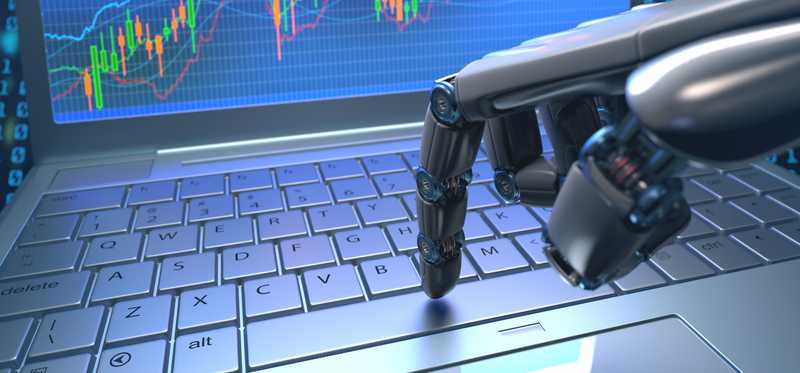
9. A flash crash
Although it’s generally a very short-term event, a flash crash caused by a technology glitch, or perhaps purposeful deception from a professional trader, could result in a panic that sends Wall Street and investors scurrying to the sideline.
Over the past two decades, technology has grown into a bigger role on the trading floor. J.P Morgan Chase (NYSE: JPM) estimated in 2017 that a mere 10% of stock trading is done by regular traders, with much of the remainder being made up of computer-based trading programs. These computer trading programs are very much relied on to create the liquidity needed to balance markets. But sometimes they malfunction, or are purposely deceived, and that can lead to problems.
A flash crash describes a scenario where there’s a rapid, often technology-driven, decline in the major market indexes that reduces liquidity. When the market drops quickly, trading programs often sell some or all of their positions and head for the sidelines, thereby further hurting liquidity. This can lead to a cascade and panic that sends markets lower and triggers stop-losses.
Previous
Next

10. A “crude” awakening
Investors also shouldn’t discount the possibility of the oil market sending shockwaves down Wall Street.
As recently as 2015, the U.S. oil and gas industry was supporting 10.3 million jobs and adding $1.3 trillion to the nation’s annual economy. But if West Texas Intermediate (WTI) crude prices were to slump significantly below $50, or natural gas prices were to tumble, it’s quite possible that we could see job cuts and slower U.S. GDP growth as a direct result of energy sector woes.
Another issue is that influencing the oil markets is becoming tougher. OPEC has plans in place to curb output until sometime in 2020, with the idea being that reduced output will lift oil prices and remove any global oversupply. However, the U.S. is producing more oil nowadays than OPEC member Saudi Arabia and non-member Russia. OPEC reducing supply only goes so far when the U.S. is ramping up oil and gas production.
If the bottom falls out of the crude market, then stocks could head much lower.
ALSO READ: There's No End in Sight for America's Disruption of the Oil Market
Previous
Next
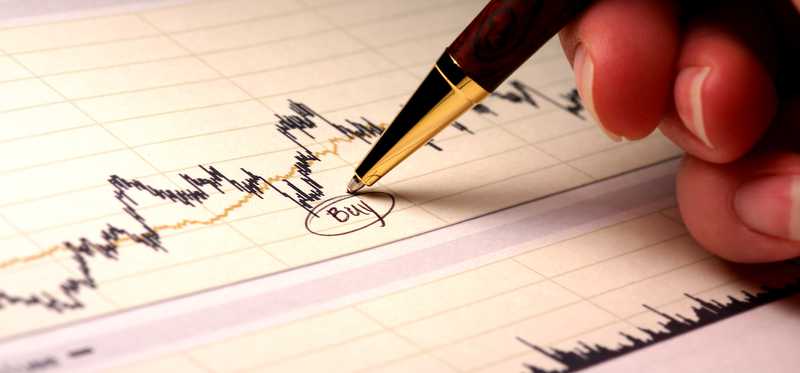
History is on your side if you buy into any stock market crash
As you can see, there are a lot of scenarios that could send the stock market crashing lower. It’s even possible that the actual reason the market crashes next is some X-Factor that I haven’t listed. But the important thing to know is that any significant move lower in the stock market has, historically, always been a buying opportunity.
Since 1950, the broad-based S&P 500 has endured 37 separate stock market corrections of at least 10%, not including rounding. Each and every one of these downward moves in the S&P 500 -- many of which took less than four months to reach their bottom -- were eventually retraced in their entirety by a bull-market rally.
In other words, if investors use stock market crashes as an opportunity to load up on high-quality businesses, there’s a very good chance they’ll make money over the long run.
Sean Williams has no position in any of the stocks mentioned. The Motley Fool owns shares of and recommends Twitter. The Motley Fool is short shares of Equifax. The Motley Fool has a disclosure policy.
Previous
Next
Invest Smarter with The Motley Fool
Join Over Half a Million Premium Members Receiving…
- New Stock Picks Each Month
- Detailed Analysis of Companies
- Model Portfolios
- Live Streaming During Market Hours
- And Much More
READ MORE
HOW THE MOTLEY FOOL CAN HELP YOU
-
Premium Investing Guidance
Market beating stocks from our award-winning service
-
The Daily Upside Newsletter
Investment news and high-quality insights delivered straight to your inbox
-
Get Started Investing
You can do it. Successful investing in just a few steps
-
Win at Retirement
Secrets and strategies for the post-work life you want.
-
Find a Broker
Find the right brokerage account for you.
-
Listen to our Podcasts
Hear our experts take on stocks, the market, and how to invest.
Premium Investing Services
Invest better with The Motley Fool. Get stock recommendations, portfolio guidance, and more from The Motley Fool's premium services.